A latte is one of the most popular coffee drinks in the world. For coffee lovers, this simple combination of espresso and milk is the perfect way to start the day. But is a latte hot or cold? Let’s take a look.

I remember the first time I stepped into a big coffee chain location about 30 years ago. I was a coffee novice and had no idea what to order. Plus, the menu was overwhelming. Flustered, I walked up to the counter and blurted out something like, “I’ll have a medium mocha latte with milk.”
The person behind the counter patiently explained to me that:
- Mochas and lattes are two different drinks
- Both come with milk already
I settled on a latte. Then she asked me if I wanted it hot or cold? “Umm…”
I didn’t know it at the time, but you can enjoy either a hot or cold latte. Each is made with the same ingredients and both are delicious.
Let’s take a look at exactly what is in a latte and how to make them.
Jump to:
What is a latte?

Latte is simply the Italian word for “milk.” A traditional coffee latte consists of one or two shots of espresso, topped with steamed milk and a thin layer of foam. The mixture helps create a smooth, balanced coffee drink.
Though one of its key ingredients, espresso, wasn’t developed until the early 20th century, a version of the coffee latte is believed to have originated in Italy at least three centuries ago.
The latte skyrocketed in popularity in the U.S. in the 1980s and ’90s after coffee chains like Starbucks began offering both original and flavored versions of the drink at its stores. Now it’s one of the most widely consumed coffee drinks in the world.
Are lattes hot?
Yes, an authentic latte is prepared hot, using both hot espresso and warm milk. But, as you’ll see later in this post, iced lattes are made with the same ingredients. So what you enjoy better is really up to you!
Here are ways to make both hot and iced lattes.
How do you make a hot latte?
Step 1 – To make an authentic hot latte, first make the espresso — either a single or double shot of espresso depending on your tastes. If you don’t have an espresso machine at home, you can also use very strong hot coffee.
Step 2 – Next, heat up some whole milk. Usually, you want much more milk than espresso. A good ratio is about 8-to-1. So a single shot latte would have 8 ounces of milk.
You can also use non-dairy varieties like oat milk, almond milk, or soy milk if you prefer. Once the milk is warm, place it under a milk steamer for a few seconds to create a thin layer of foam on top. You can also put it in a sealed mason jar and shake it vigorously for a few seconds.
Step 3 – To assemble the latte, add the hot espresso shots to a cup, then pour the steamed hot milk gently over the top. That’s it! Now you have a tasty hot latte.
Of course, I know there are some of you out there wondering: how hot is hot? What temperature should the milk and espresso be to create the perfect latte? I’m here for you, coffee drinkers.
Now, a coffee nerd alert warning as I spend the next few paragraphs on the ideal latte temperature.
What temperature should a latte be served at?
A well-made latte should be served at around 155° to 160° degrees Fahrenheit (68°-71° Celsius). The trick is balancing out the temperature of the two ingredients, espresso and milk.
Espresso is created by pushing very hot water through fine coffee grounds at high pressure. It usually reaches high temperatures between 190°-200° F.
The milk in a regular latte is more warm than hot. In most cases, you don’t want it to exceed 150° F. You can make it hotter if you want more foam, but you’re veering into [cappuccino territory] with too much milk foam.
So if you’re making your own, you don’t want to boil the milk — you merely want to warm it up.
Since there’s usually twice as much milk than espresso in a latte, when the two are mixed they should balance each other in terms of temperature to produce an ideal warm latte.
Can I order an extra-hot latte?
Some people like their coffee drinks very hot. If that’s you, here are some things to be aware of if you’re considering getting an extra hot latte.
Increasing the temperature of either the espresso or the milk in the latte beyond their ideal ranges can negatively affect the flavor.
You can make espresso with water that’s over 200° F, but when you reach those temperatures, you can start to over-extract the coffee. That can lead to an unpleasantly bitter taste.
Similarly, if you warm the milk to the point that it’s boiling, you could end up overheating it. That could result in a latte that tastes burnt and flat. And since hotter milk produces more froth, you could wind up with more of a cappuccino than a latte.
If you prefer hotter lattes, you can ask your barista to heat both the espresso and milk to the upper ranges of their ideal temperatures without burning them. If you’re making lattes at home, it might just take a bit of trial and error to get your cup at the best temperature.
How do you make an iced latte?

The process of making cold lattes or iced lattes is similar to making a traditional hot version. The differences are the temperature of the milk and the addition of ice.
To create an iced latte, you first add ice cubes to a tall glass. Then you pour espresso over it. Next, add cold milk and mix them together. Note: To get a frothier top, you can first shake the milk in a mason jar for about 30 seconds, then pour it over the espresso and ice.
What’s the difference between a latte and a cappuccino?
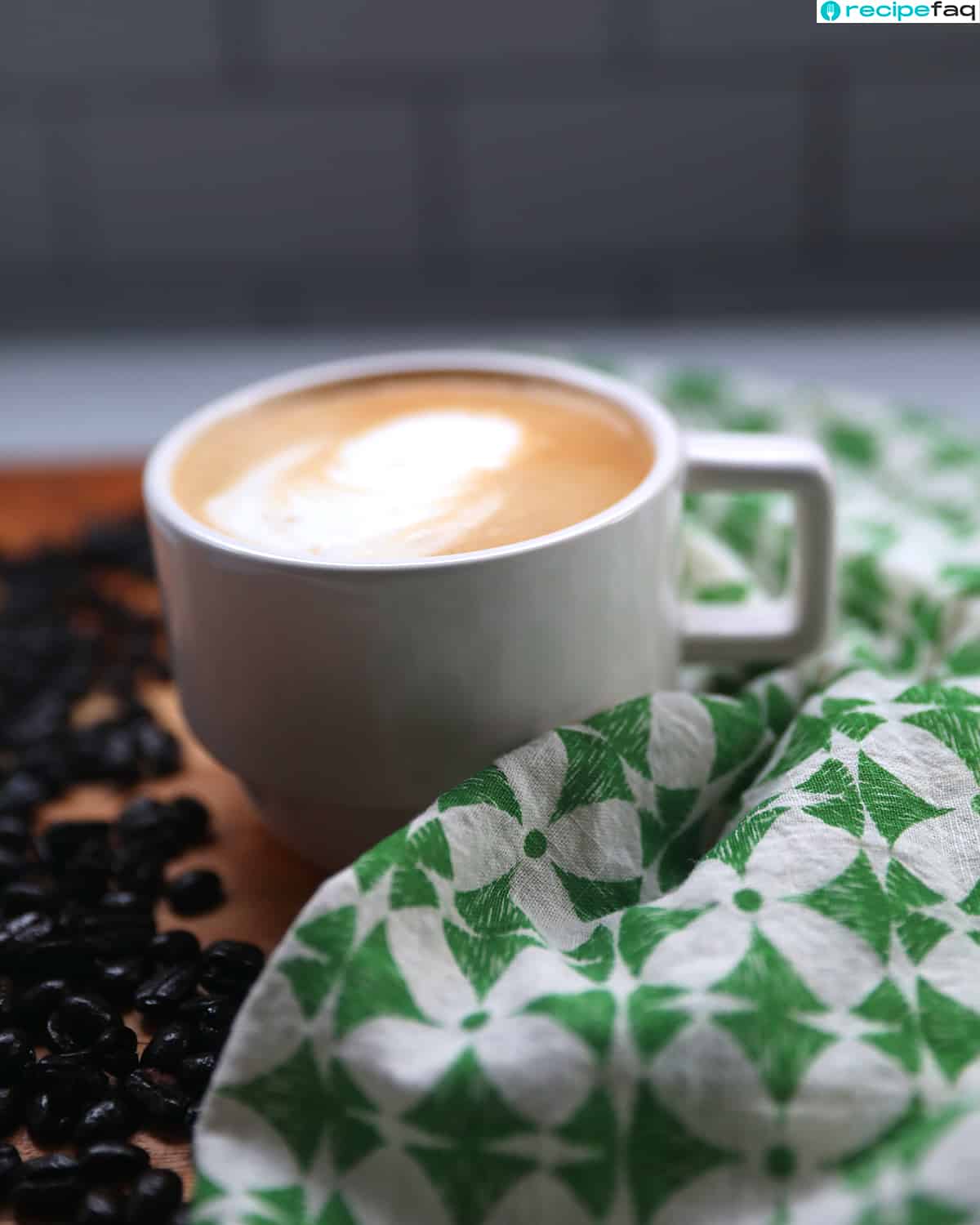
Though a latte and a cappuccino are each an espresso-based drink combined with steamed milk, it’s the foam layer on the top of each one that really is the main difference between the two.
The best way to make a latte is by pouring warm, steamed, slightly frothy milk over hot espresso. Usually, you have two parts milk to espresso and less foam on top. When the two ingredients mix together, the higher ratio of milk balances out the espresso, resulting in a mellow coffee drink.
To make a cappuccino, you heat up your milk a bit more and froth it for longer until you get a thick head of foam on it. Then you pour the milk over the espresso coffee. The ratio should be equal parts espresso, milk, and foam. This produces a stronger coffee drink that feels a bit airier and more luxurious due to the foam.
So, is a latte hot or cold?

The answer to whether a latte is hot or cold is: both! You can savor a delicious latte either hot or iced, depending on your personal preference and mood. If it’s a cold winter day, reach for that hot latte. If it’s a hot day in the middle of summer, you may yearn for a cool, refreshing iced latte.
And since they’re both easy to make, try both at home and see which one you like better. Before you know it, you’ll be an amateur barista making a great latte of your own at home!
More coffee-related answers
Looking for more answers to your coffee questions? Check out these posts.
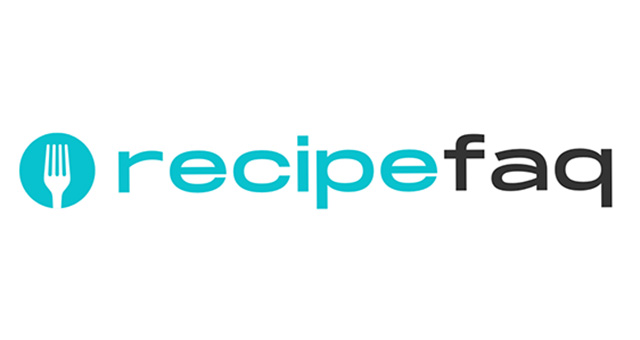

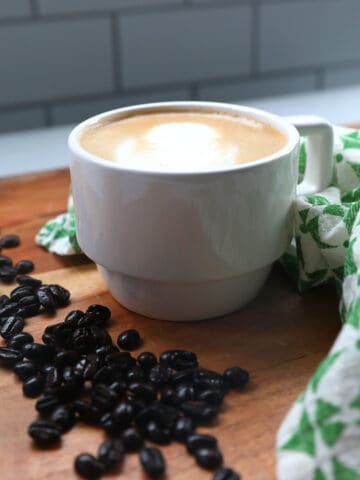
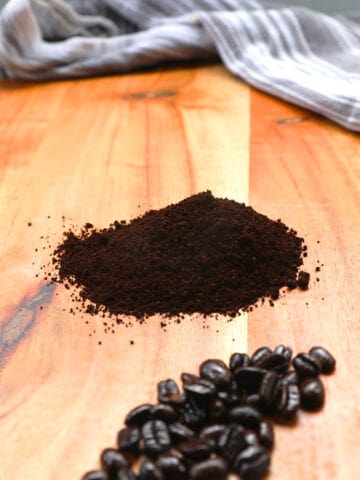
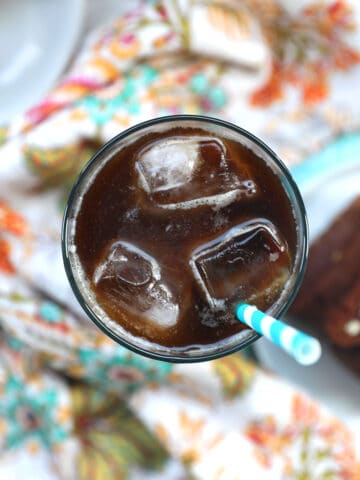
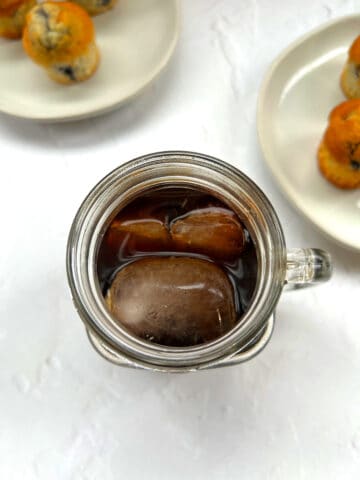
Leave a Reply